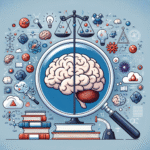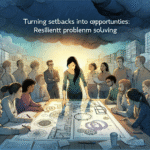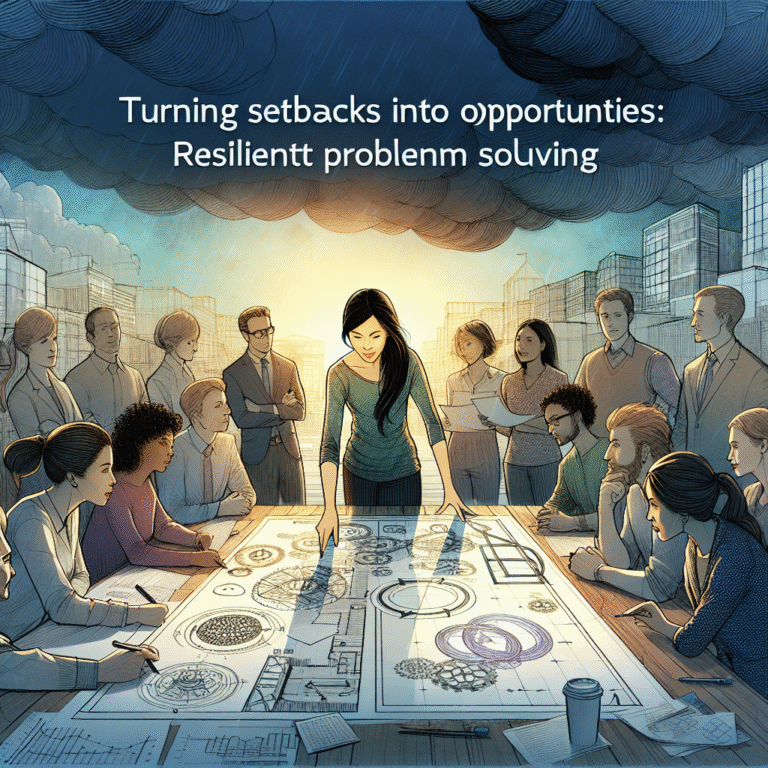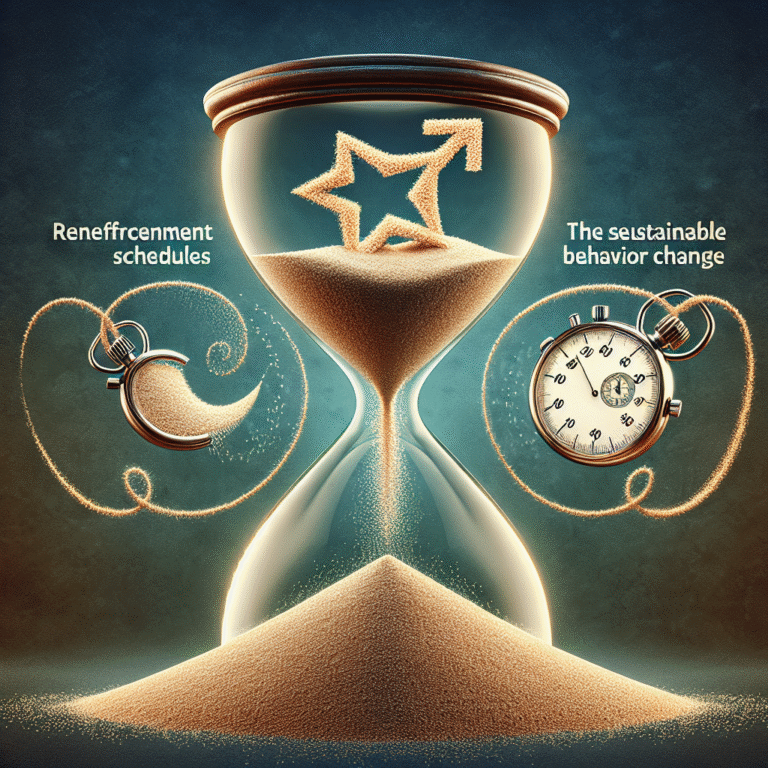
Introduction
Have you ever wondered how many scientific discoveries are built on shaky foundations? While groundbreaking studies often capture the public’s attention, the less glamorous process of replication frequently gets overlooked. Getting It Right: The Case for More Replication in Scientific Fields emphasizes the critical need for replication studies to solidify findings and propel science forward. This article delves deep into the importance of replication, addressing its challenges, providing case studies, and highlighting strategies to uphold scientific integrity.
The Crucial Role of Replication in Science
Replication is the backbone of scientific inquiry. It serves as a litmus test for the validity of findings, helping to confirm whether results are genuine or simply flukes. The term "replication" refers to the process of repeating a study to see if the same results can be achieved. Studies that cannot be replicated raise questions about their reliability and serve as a red flag within the scientific community.
Historical Context: A Brief Overview
Historically, the scientific method relied on replication for credibility. For instance, the work of Gregor Mendel on inheritance patterns in pea plants laid the groundwork for genetics, yet his experiments were not fully accepted until they were repeated and validated by others. This historical precedent underlines that Getting It Right: The Case for More Replication in Scientific Fields is not a new discussion but rather an enduring necessity.
The Dark Side of Irreplicable Findings
Case Study: The Reproducibility Crisis
One of the most prominent instances showcasing the need for replication came to light in the early 2010s—the so-called reproducibility crisis. A landmark study conducted by the Open Science Collaboration attempted to replicate 100 psychological studies published in top journals. Astonishingly, only 39% of these studies produced the same results when replicated. This finding shocked the academic community and provoked debates around research practices.
Table 1: Summary of the Open Science Collaboration Study
| Area of Psychology | Original Success Rate | Replication Success Rate |
|---|---|---|
| Cognitive Psychology | 88% | 36% |
| Social Psychology | 73% | 27% |
| Neuroscience | 80% | 38% |
This table illustrates the discrepancies that can occur between original studies and their replications, highlighting the importance of Getting It Right: The Case for More Replication in Scientific Fields.
The Value of Replication Across Disciplines
Replication is not just essential in psychology; it plays a critical role across various scientific fields. Let’s explore a few key areas where replication makes a substantial difference.
Medicine: Ensuring Effective Treatments
In the medical field, the stakes are especially high. Imagine relying on a drug that is later found ineffective due to a lack of replicability in its initial studies. The Thalidomide scandal in the 1960s exemplified the grave consequences of skipping thorough testing and replication.
Case Study: The Aspirin Effect
A study published in the early 2000s suggested that low-dose aspirin could significantly reduce the risk of heart attacks. Although these initial findings were promising, subsequent replication studies indicated only mild effects in certain demographics. Thus, this case reinforces Getting It Right: The Case for More Replication in Scientific Fields—without replication, potentially misleading conclusions could have endangered patients.
Social Sciences: Bridging the Theory-Practice Gap
In the social sciences, replication is vital to ensuring that policies derived from research are well-founded. Often, studies that might seem definitive can be influenced by social or cultural contexts. The famous "bystander effect" study is a case in point.
Case Study: The Bystander Effect
Originally observed in the aftermath of a crime, this phenomenon suggests that individuals are less likely to offer help when others are present. However, replications demonstrated that situational factors, such as the perceived severity of the emergency, significantly impact whether bystanders intervene. Thus, Getting It Right: The Case for More Replication in Scientific Fields is essential to discerning the nuances of human behavior.
Challenges in Replication Research
Despite its importance, practical barriers often hinder replication studies. Understanding these challenges is key to formulating strategies that enhance scientific reliability.
Publication Bias: The Black Hole
One major hurdle is publication bias, where journals favor publishing novel findings over replication studies. This bias creates an environment where important replication efforts are overlooked or deemed less valuable, undermining Getting It Right: The Case for More Replication in Scientific Fields.
Funding Limitations
Replication studies are often underfunded. Grants are frequently allocated for innovative research rather than studies reinforcing existing findings. This dynamic discourages researchers from pursuing crucial replication efforts.
The "File Drawer Problem"
Many replication attempts go unreported, resulting in what scholars call the "file drawer problem," where unsuccessful studies remain hidden away. This lack of transparency undermines the scientific process and hinders the push for rigorous standards of evidence.
Strategies for Encouraging Replication
An urgent demand for solutions exists to cultivate a culture of replication.
1. Funding for Replication Studies
Institutions and funding agencies need to prioritize replication studies. By allocating resources for these endeavors, we can bridge the gap between original research and its verification.
2. Creating Incentives for Replication
Academic institutions can incentivize replication by integrating these efforts into promotion and tenure considerations. This shift would encourage more researchers to engage in replication studies.
3. Open Science Initiatives
Open science initiatives aim to make research more transparent. By sharing raw data and methodologies openly, researchers can facilitate easier replication and validation of studies.
Table 2: Strategies for Enhancing Replication
| Strategy | Description |
|---|---|
| Funding for Replication | Allocate more grants for replication research |
| Incentives for Researchers | Integrate replication into promotion criteria |
| Open Science Initiatives | Share data openly to facilitate easier replication |
Conclusion
In conclusion, Getting It Right: The Case for More Replication in Scientific Fields cannot be overstated. The evidentiary standards that research is built on directly impact societal health, policy-making, and economic decisions. As we move forward, embracing a culture of replication could not only restore faith in research but also lead to robust scientific advancements.
While replication may not garner the same excitement as new findings, it serves as a necessary foundation for reliable science. As stakeholders—researchers, funding agencies, and academic institutions—we must unite to champion replication and uphold the integrity of scientific inquiry.
FAQs
1. Why is replication important in scientific research?
Replication verifies the reliability and validity of study results, ensuring findings are true and not artifacts.
2. What is the reproducibility crisis?
The reproducibility crisis refers to the growing recognition that many published scientific findings cannot be replicated, which raises questions about their credibility.
3. How can funding for replication studies be increased?
Funding agencies can emphasize the importance of replication in grant proposals and set aside specific funding for these studies.
4. What role do journals play in replication research?
Journals often prioritize novel findings over replication studies, which can create barriers. Encouraging the publication of replication results can foster transparency.
5. How can researchers overcome challenges in conducting replication studies?
By collaborating with other researchers, openly sharing methods, and forming alliances across disciplines, researchers can overcome hurdles to replication.
By embracing these practices and understanding the vital role of replication, we can ensure that science remains a robust, trustworthy endeavor. Let’s commit to Getting It Right: The Case for More Replication in Scientific Fields — not just for the integrity of our own research, but for the strides of humanity as a whole.














